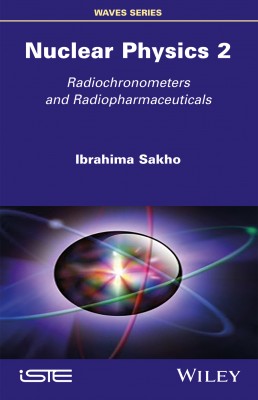
Nuclear Physics 2 explores the applications of various radioisotopes for dating and nuclear medicine imaging. It introduces the theoretical and experimental facts from the observation of the red shift in the spectrum of galaxies (1913), and the discovery of the cosmic microwave background (1965) that led to the validation of the Big Bang model, through which all known chemical elements are created via nucleosynthesis processes.
This introduction is followed by a description of the nuclear reactions involved in primordial, stellar, and explosive. The principles of carbon-14, potassium-argon, uranium-thorium and uranium-protactinium dating, along with the principles of lead-210, caesium-137 and beryllium-7 radiochronometers applied to dating, are also described.
An overview of the birth of nuclear medicine is given, from the first use of radioisotopes as tracers in plant biology in 1913, to the development of Positron Emission Tomography (PET) in 1975. The method of synthesis of radiopharmaceuticals, quality control of radiopharmaceuticals and the experimental methods of the determination of radiochemical purity are presented. The description of the principles of PET and Single-Photon Emission Tomography (SPECT), the presentation of the different radioisotopes used in TEMPS and PET, as well as the presentation of the main scintigraphies and their uses in nuclear medicine conclude the topics studied.
1. A Description of the Big Bang Model.
2. The Nucleosynthesis Process.
3. Radiochronometer Applications in Dating.
4. General Information on Radiopharmaceuticals Used in Nuclear Medicine Imaging.
Ibrahima Sakho is a teacher-researcher-writer at Iba Der Thiam University, Senegal. He has taught nuclear physics for more than 25 years. His main research interests include resonant photoionisation and assessing the risks of radiation-induced cancers due to off-field doses in external radiotherapy.